Integrated Water Management meets work-integrated learning
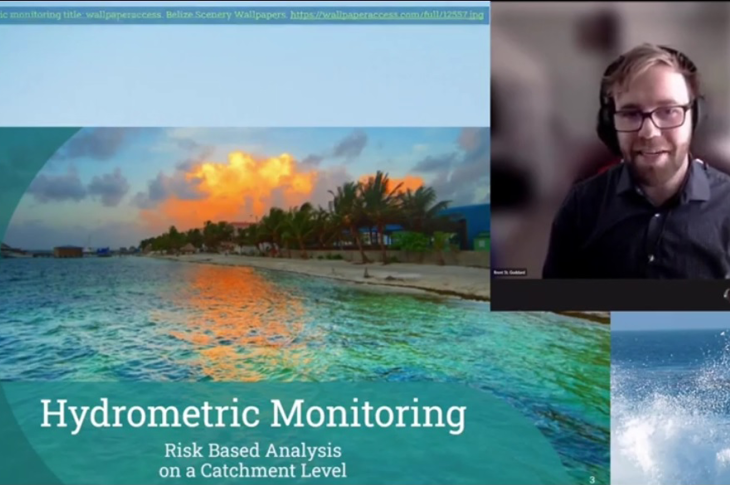
Whether learning from industry-trained experts, participating in practicum placements, practicing skills in simulated classrooms or apprenticeship training — experiential learning and engaging industry as an active partner in the learning journey of students is at the core of a SAIT education.
This practical approach to learning is something post-secondary institutions throughout Canada have been tasked to shift towards by The Business and Higher Education Roundtable — a pan-Canadian membership comprising business and post-secondary institutions, including SAIT. The roundtable recognizes the value applied learning brings and set a target for 100% of post-secondary students to have access to some form of work-integrated learning (WIL). While WIL may look different from institution to institution, the common goal is to connect students with industry and give them a practical setting to apply their skills.
One way SAIT incorporates WIL is through capstone projects, a final assignment where the culmination of a student’s education meets hands-on application. Students in SAIT’s Integrated Water Management (IWM) diploma have spent their last semester alongside industry partners for their work-integrated capstone research projects — applying their knowledge learned in the classroom to provide solutions in the real world. This group of students are not only making both local and global impacts through their valuable research findings, they’re also making connections and adding critical skills to their resume.
From the City of Calgary all the way to the Belize National Hydrological Service — get a glimpse into how SAIT students are learning on the job.
Bioengineering demonstration and education project and riprap cost analysis
“The capstone experience has not only provided me with project management skills, I’ve also developed relationships and connections with the City of Calgary, and have met prospective mentors — this may allow me to have more opportunities to advance my career.” – Katherine Hall, IWM student
Industry partner: City of Calgary Water Resources
Project background:
- The City of Calgary has implemented both rock “riprap” and bioengineering techniques to prevent riverbank erosion along the banks of the Bow River.
- SAIT student Katherine Hall is providing a cost analysis to help inform the city’s further efforts in installing and monitoring these erosion prevention techniques.
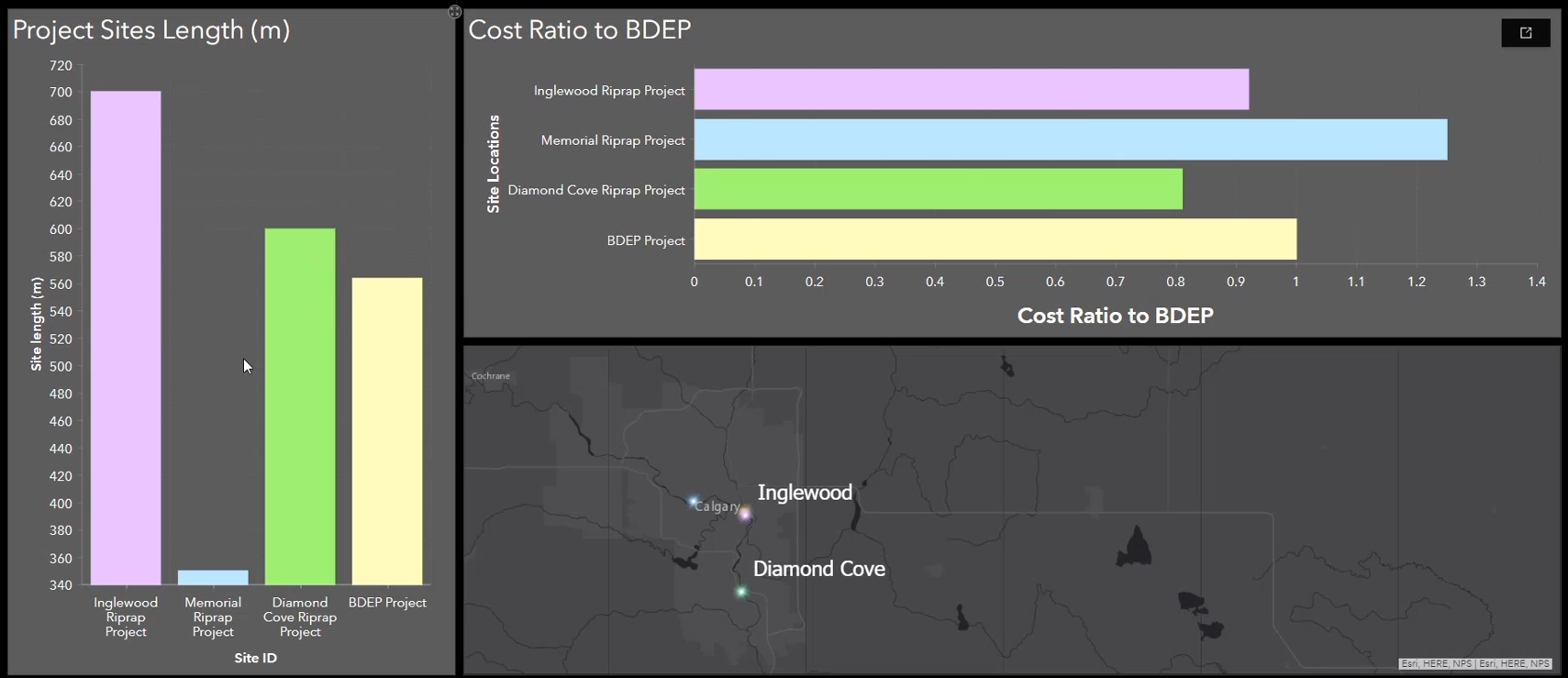
Review of the national hydrometric monitoring network in Belize
“It’s been an eye-opening experience. The Belize National Hydrological Service is underfunded and lacks the human resources to carry out this work. It’s been rewarding to be able to provide a valuable service to our client and the citizens of Belize to ensure they can sustainably manage their water resources in the future.” – Brent St. Goddard, IWM student
Industry partner: Belize National Hydrological Service (NHS)
Project background:
- The Belize NHS currently maintains a network of hydrometric monitoring stations to gather surface water flow data throughout the country, but not all watersheds in Belize are monitored.
- SAIT students Brent St. Goddard and Jennifer Trzok are completing a geospatial analysis of areas that are at highest risk for future water scarcity and flood risk using climate change projections, and identifying potential locations for new or modified monitoring stations.
“We’ve had to be really innovative, very fleet-footed and change on the fly when things don’t work, or when we can’t find what we need,” says Trzok. “We’ve had to find other ways to get around our challenges to still meet the objectives of the project. And I think that’s probably one of the most valuable things that we’ve learned from this, because that’s what it’s going to be like in the real world.”
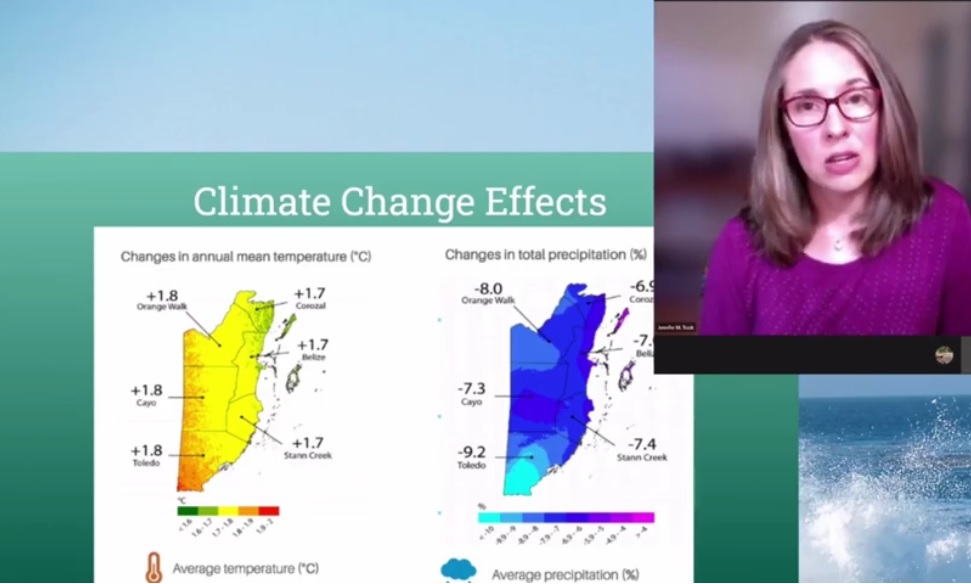
Vegetated riprap analysis and literature review
“I was very excited when I got this project, it’s been a big responsibility to review what’s been done and provide recommendations.” – Harmanjit Sidhu, IWM student
Industry partner: City of Calgary Water Resources
Project background:
- The City of Calgary has implemented bioengineering techniques (vegetated riprap) to stabilize banks and restore their health along the Bow River after the devastation from the 2013 floods.
- Harmanjit Sidhu is the student project lead and will analyze the success of different vegetated riprap techniques that have been installed along the Bow River, conduct a literature review on similar techniques used by other cities and suggest recommendations based on her findings.
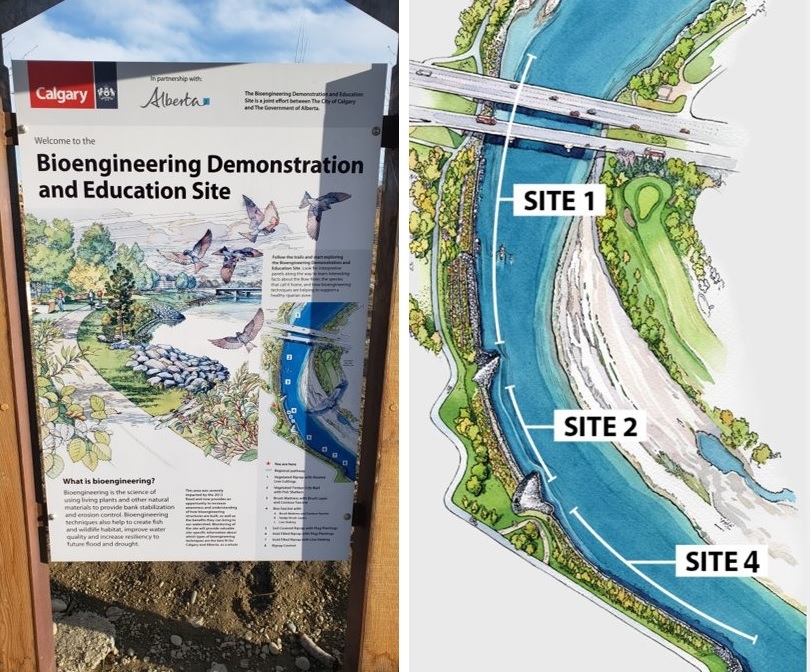
Saline water intrusion study
“Trying to find a way to represent data for the whole country of Belize has been effectively impossible. Fortunately, we’ve had a couple classes that prepared us really well for this. Our data management and tech classes taught us how to find and organize open source information and use geographic information systems. Without those classes I would have been lost.” Jeremy Greuel, IWM student
Industry partner: Belize National Hydrological Service
Project background:
- The occurrence of saltwater intrusions into groundwater wells is an emerging issue that has begun to put pressure on Belize’s fresh groundwater resources. There is little information about the spatial distribution and continuity of saltwater intrusions in Belize.
- Using geospatial analysis, student project lead Jeremy Greuel is creating a map to show areas with known salinity, then creating a model from this map that predicts other areas in the country that may face similar issues.
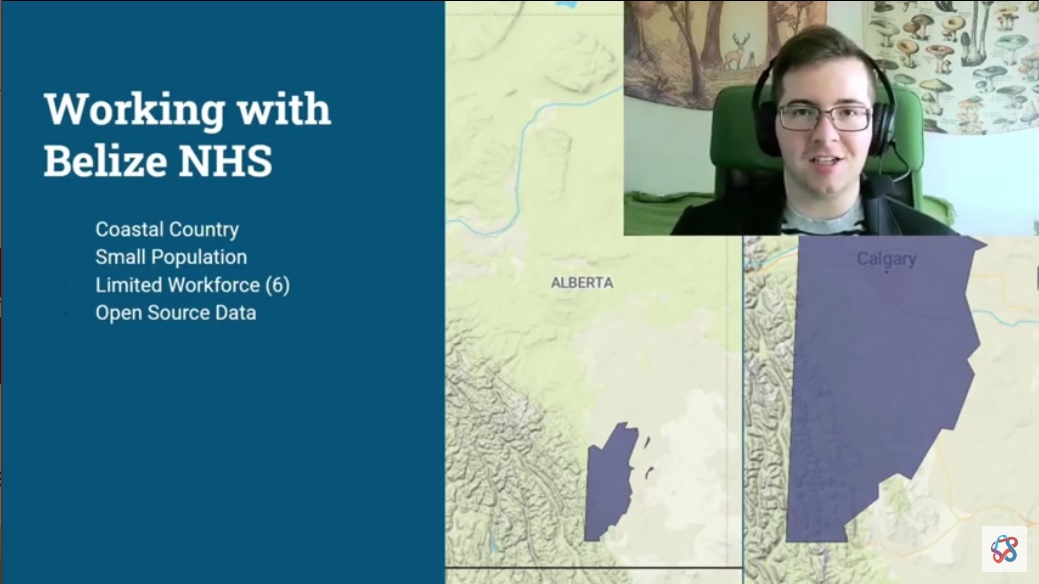
*In addition to the City of Calgary and Belize National Hydrological Service, the Integrated Water Management program would also like to acknowledge and thank capstone industry partners: NOAH Water Technologies, Bow River Basin Council, Centre for Affordable Water and Sanitation Technology (CAWST), Imperial and the Calgary Airport Authority for providing students this incredible opportunity.
Career readiness begins the moment you start at SAIT
Find your fit and get experience in your future career before you even graduate.
Industry Driven
We prepare students for successful careers and lives.
SAIT'S
2020-2025
Strategic plan

Oki, Âba wathtech, Danit'ada, Tawnshi, Hello.
SAIT is located on the traditional territories of the Niitsitapi (Blackfoot) and the people of Treaty 7 which includes the Siksika, the Piikani, the Kainai, the Tsuut’ina and the Îyârhe Nakoda of Bearspaw, Chiniki and Goodstoney.
We are situated in an area the Blackfoot tribes traditionally called Moh’kinsstis, where the Bow River meets the Elbow River. We now call it the city of Calgary, which is also home to the Métis Nation of Alberta.